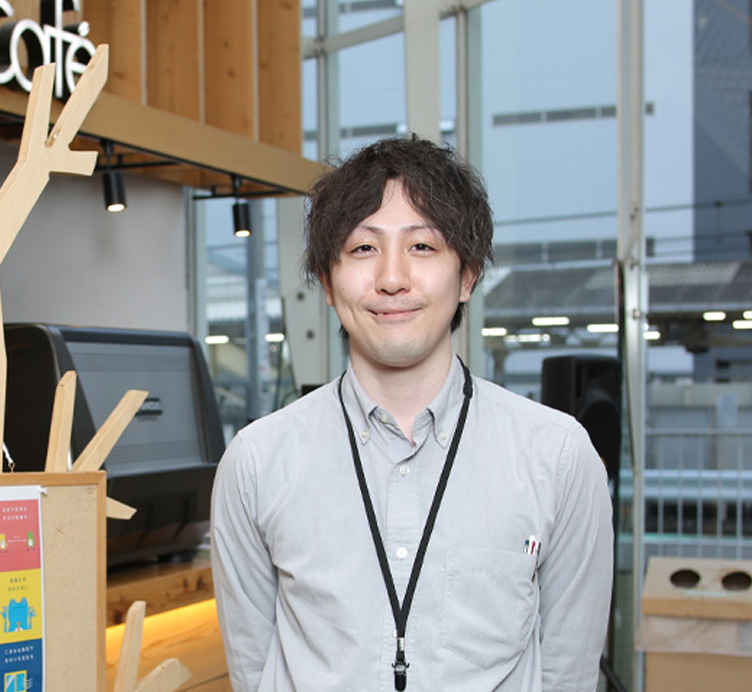Shade3D was first used in classes at Tokyo Technical College (TTC) more than 20 years ago. "Actually, I was graduated from this school", said Mr. Murata. About 10 years ago, his teacher introduced Shade3D as "Japan-made comprehensive 3D CG software which can complete designing from modeling to lighting and rendering". He looked back on the time when he started to learning and said that the teacher explained the advantages of using Shade3D to create 3D objects based on drawings made with 2D CAD software, while considering basic settings such as texture, color, lighting, and natural light.
"The screen consists of 4 screens which is similar to drawings of interior and furniture. The software itself is intuitive and easy to learn". Mr. Murata positions Shade3D as being appropriate from the aspect of curriculum configuration where students in the 1st grade of Interior Department complete all the basic operations of the integrated software in only about 8 month and apply and develop it further. He explains the reason of the background where Shade3D has been used still after he has his own classes in TTC as follows.
Students who entered the 1st grade of Interior Department in April mainly learn the basic operations of CAD software and each presentation software at first. |
|
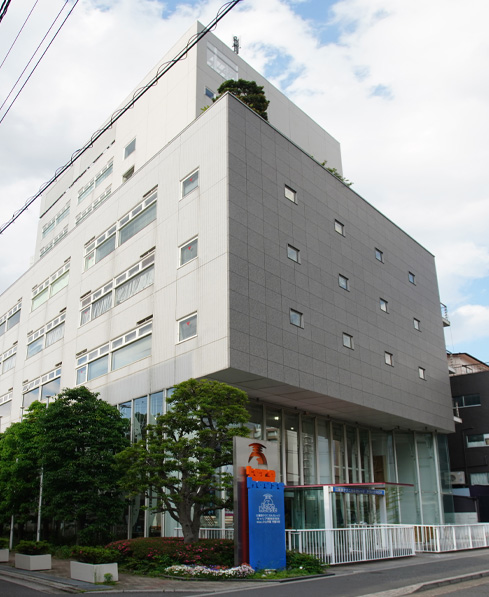 |
| ▲Tokyo Technical College (TTC) |
Then, from June, they start to use Shade3D in classes. They learn basic software operations while using 3DCG to represent various types of furniture such as chairs.
After the summer vacation, from September to October, each student decides on a theme or concept and coordinates the interior design for an interior elevation of an empty room under the same conditions for all students. Each student creates a CG work that represents a different space through the use of wallpaper, flooring, different furniture type and placement, and other factors while maintaining a certain level of quality.
In addition, from November to December, students create CG models of a room with Shade3D from design drawings which they draw in the design classes so far. This becomes the first work for students where they express the results of their interior coordination based on a theme or concept designed and decided by themselves.
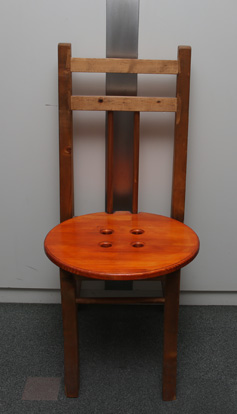 |
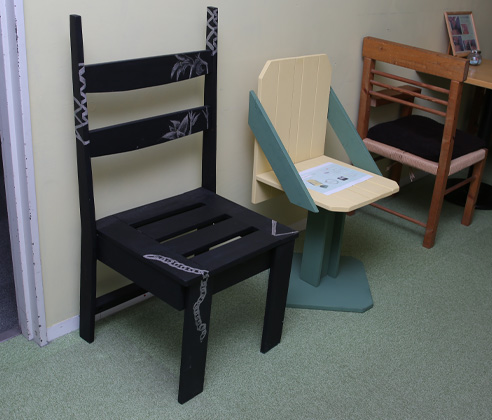 |
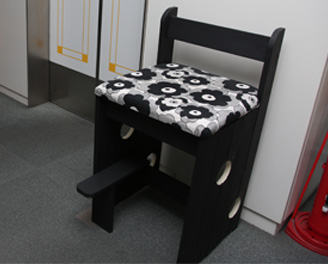 |
| ▲ Chairs designed and made by students of Interior Department |
Following the previous term, in January and February at the end of the 1st grade, students totally coordinate interiors in all rooms of a flat house based on the design drawing which they draw in the design classes. They first model the entire space of the house with Shade3D and then convert it to CG, reflecting the themes and concepts of each room in addition to the design requirements of the house. Students complete a total coordination board including an overhead perspective for presentation as the final work of the 1st grade.
In the Interior Department, students are assumed to have mastered the basic operations of Shade3D in the 1st grade, and for second-year students, some of the design classes taught by Mr. Murata cover its application. They create 3DCG of a two-family house or a two- or three-story house to experience the modeling with more volume including the exterior of the building and the surrounding environment.
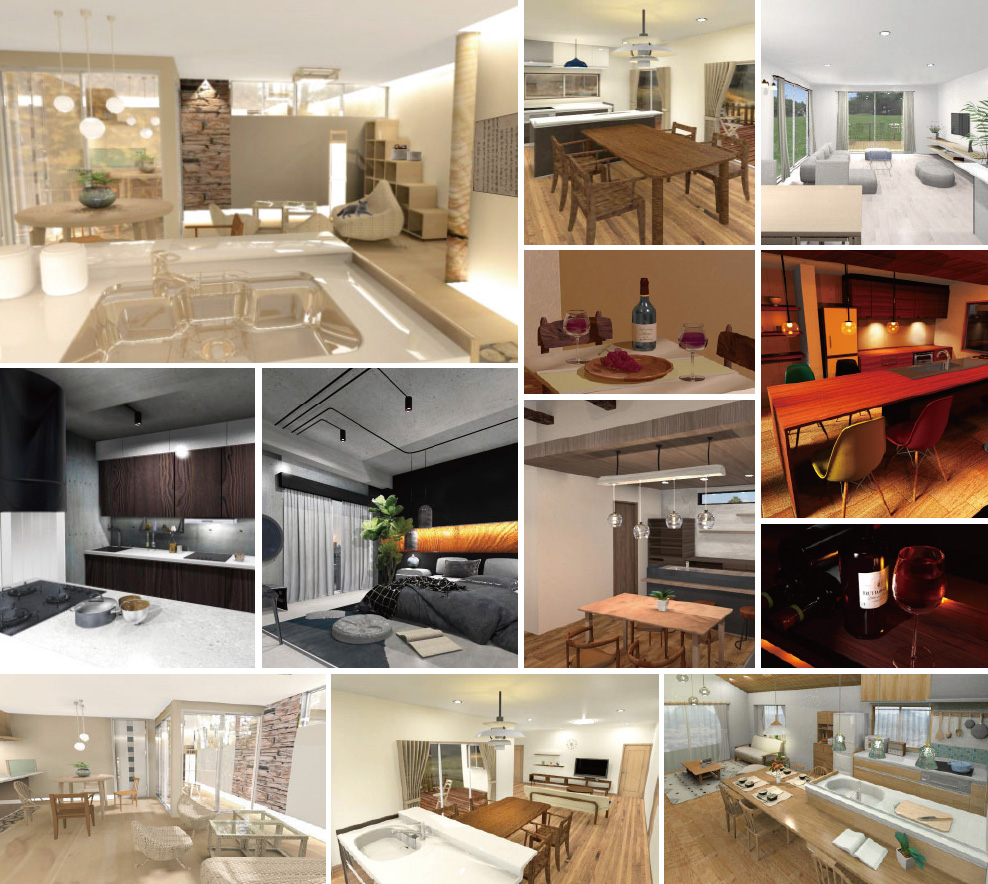 |
| ▲ Perspectives created by students in the Interior Department with Shade3D |
In addition, in the 2nd semester of the 2nd grade of the department (November to February), students are supposed to choose one of the two classes for their graduation project, as mentioned above. Mr. Murata is in charge of one of the classes, where students learn digital presentation in 3DCG. Using Shade3D, the students basically create a walk-through animation in a house they have designed. The purpose of this class is to effectively introduce the interior coordination of the house.
"I think Shade3D is suitable as an integrated 3DCG software, considering the time it takes to learn the basic operations (according to the current curriculum)."
Mr. Murata reiterated the advantages of Shade3D, including its intuitive operability and ease of teaching. He also explained that "Shade3D has the potential to improve the quality to any level if we pursue.
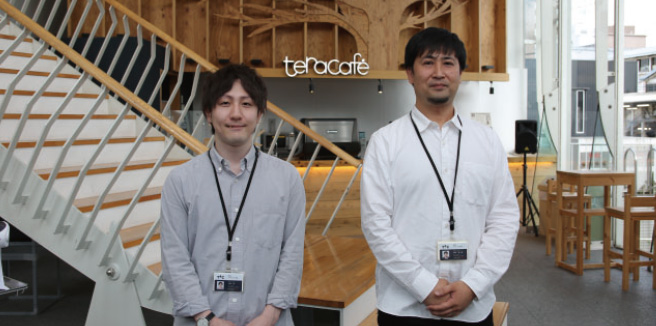 |
| ▲ In front of the cafe at the entrance on 1F of TTC. Mr. Ryo Murata, Interior Department and Mr. Juichiro Takayama, the director of the department, from the left |
|
